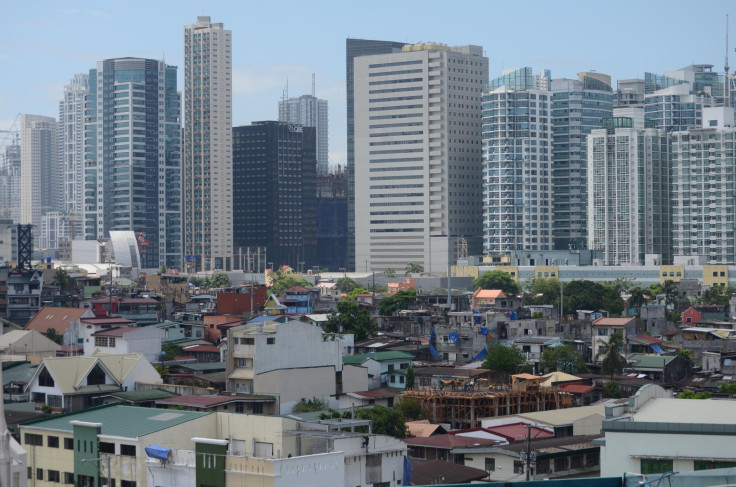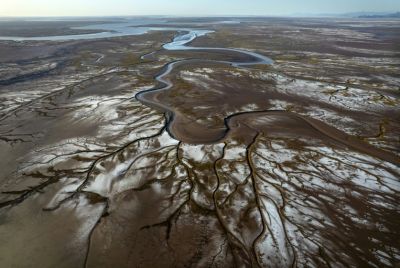Philippines Volcano: Thousands Of People Flee After Eruption South Of Manila

Usually a tourist destination, a smaller volcano south of the Philippine capital city of Manila on Sunday erupted, coating the sky with plumes of ash and steam. In response, city officials closed down the Manila international airport while thousands of citizens fled for their own safety.
According to the Philippine Institute of Volcanology and Seismology, Taal Volcano shot a combination of ash, steam, and rock as high as 6-9 miles into the air. While the eruption was not significant enough to affect a large area, it did fit a trend of activity since March that has scientists cautious for the future. Officials raised the volcano’s threat level from 3 to 4, meaning that “a hazardous eruption may happen within hours or days.” The highest threat level, 5, is attained when a hazardous eruption is already underway.
The institute also warned that future eruptions could also cause volcanic tsunamis and lake surges. The country's state-run media also reported that minor earthquakes were measured in the area near the time of the eruption.
“We have asked people in high-risk areas, including the volcano island, to evacuate now ahead of a possible hazardous eruption,” head of the volcanology institute Renato Solidum said in a statement.
No injuries have been reported as a result of Taal’s eruption.
Officials have evacuated 6,000 residents from a village near the volcano. Over 10,000 others were also evacuated from nearby coastal towns.
Taal Volcano is situated roughly 37 miles south of Manila. It is one of the 24 active volcanoes in the Philippines and one of the smallest in the world. It is also situated along the Pacific Ocean’s infamous “Ring of Fire,” an area encircling the ocean known for intense seismic activity.
© Copyright IBTimes 2024. All rights reserved.





















